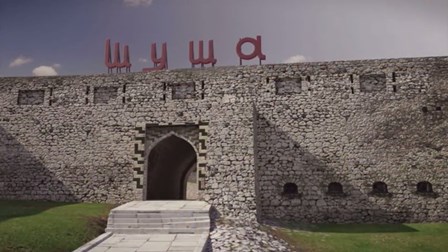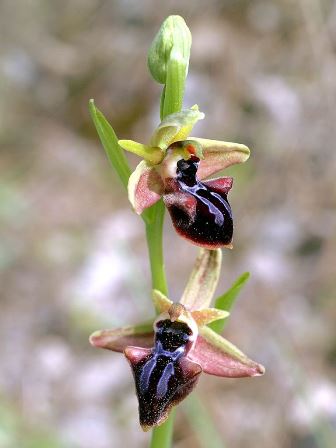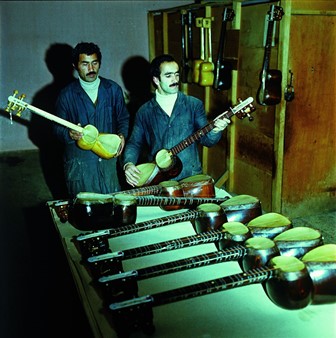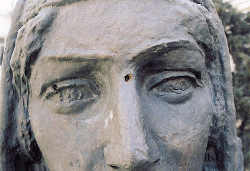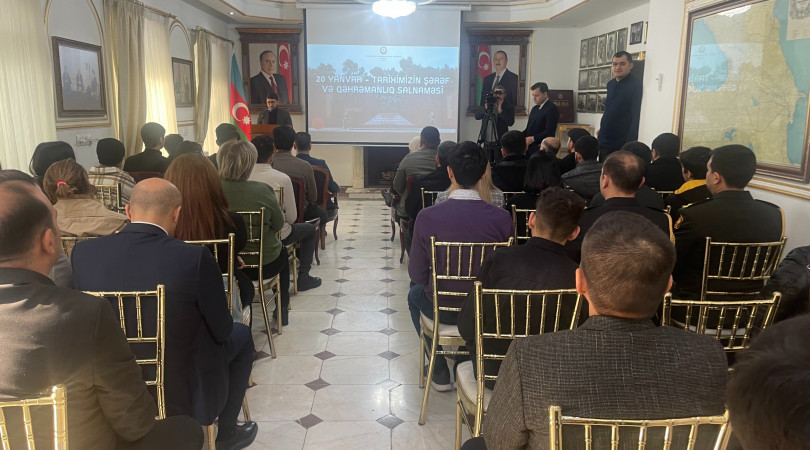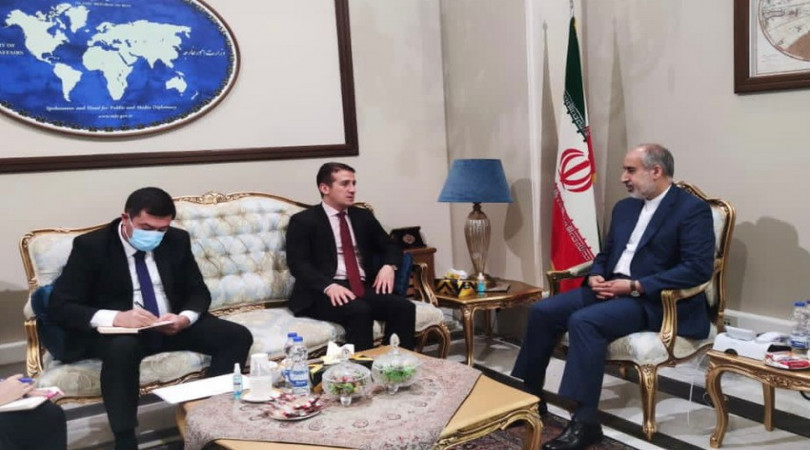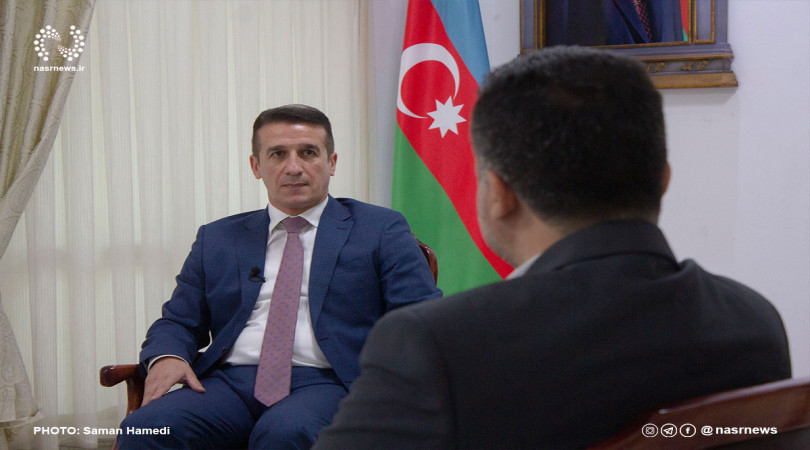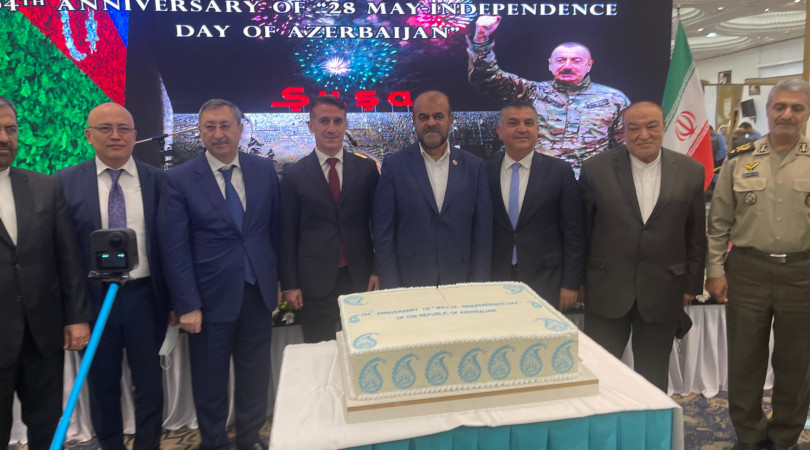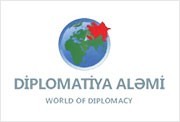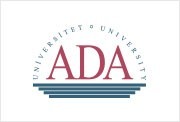24th anniversary of occupation of Shusha
24th anniversary of occupation of Shusha
May 7, 2016
Shusha is one of unique centers of culture of Azerbaijan. The city which is distinguished with its natural beauty is a valuable monument of the national architecture and medieval urban planning. Shusha, which has kept alive our national-spiritual values and music traditions has passed along way to become a city of economic, political and cultural importance. As a centre of Karabakh khanate Shusha has played a special role in the life of our nation. This city, that is remembered in the history with its prominent figures like Qasim bey Zakir, Xurshudbanu Natavan, Mir Mohsun Navvab, Najaf bey Vazirov, Abdurrahim bey Hagverdiyev, Yusif Vazir Chamanzaminli, Firudin bey Kocharli, Ahmad bey Agaoghlu and others is known in the world as a cradle of Azerbaijani mugham.
In 1977 the decision on the “Declaration of historical-architectural preserve of historical part of Shusha city” was adopted with the initiative of the National Leader Heydar Aliyev. Since then construction works accelerated in Shusha, house-museums of Uzeyir bey Hacibayli, Khurshudbanu Natavan and Bulbul, greatest representatives of Azerbaijani art and culture were set up, tomb of Molla Panah Vagif, well-known poet was erected.
After adoption of relevant documents on restoration of its state independence on October 18, 1991 the Republic of Azerbaijan faced aggressive ethnic cleansing policy of Armenia due to Nagorno Karabakh conflict. The country was amidst deep political, economic and social crisis and in search of a resolution to the tense situation in Nagorno Karabakh. Under these circumstances and without an established national army, Shusha city, which was of high military-strategic importance, was defended by merely voluntary defense groups. However, in spite of their heroic battles and decent resistance, on May 8, 1992 Shusha was invaded and occupied by Armenian armed forces that were armed from head to toe.
During the fights for defence of Shusha 195 compatriots were martyred, 165 persons wounded, 58 were taken hostages. In order to wipe off historical traces of Azerbaijanis in Shusha, Armenians have razed to the ground about 600 historical-architectural monuments in Shusha, including palace of Panahali khan, Cuma mosque, Mosque of Ashagi Govhar Aga, house of poetess Khurshud Banu Natavan, tomb of poet Molla Panah Vagif, plundered and ruined 7 kindergartens, 22 schools, music school, 8 culture centers, 22 clubs, 31 libraries, 2 cinemas, 8 museums, including Shusha history museum, State Karabakh history museum, branch of State Capet Museum and Museum of National applied art, tourist center, and destroyed an only factory in the Caucasus producing Oriental music instruments. Armenians went further by shooting monuments of such historical personalities as Uzeyir Hajibeyli, author of the first opera in the Orient, Bulbul, who laid the foundation of Azerbaijani vocal profession, and poetess Natavan.
About 5000 exhibits from the Shusha history museum, around 1000 exhibits from State Karabakh history museum, Shusha branch of Azerbaijan State Carpentry Mueum, museums of Uzeyir Hajibeyli (more than 300 exhibits), of Bulbul (about 400 exhibits), of Mir Movsum Navvab (more than 100 exhibits) have been plundered.
